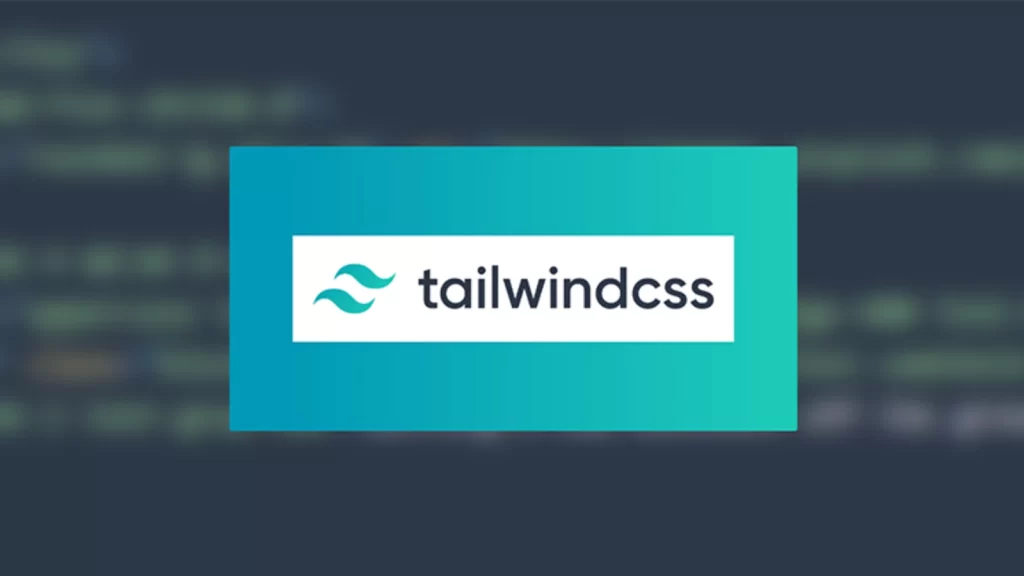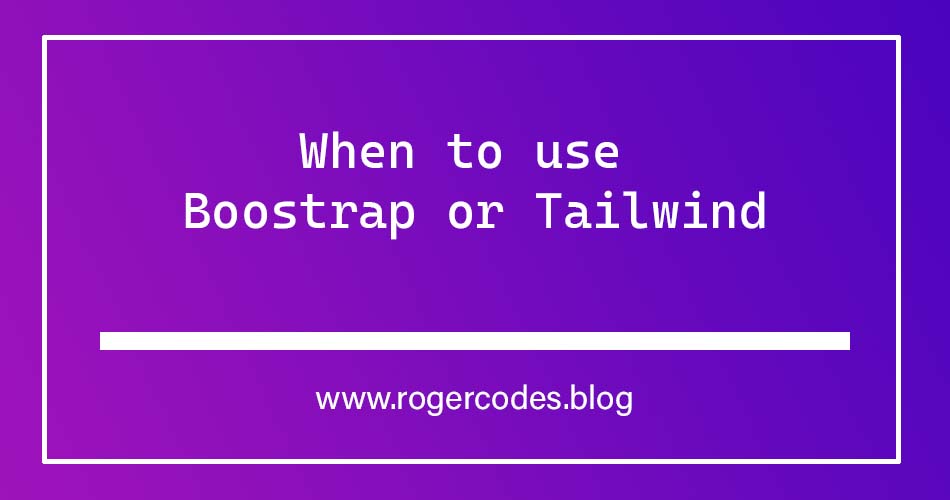When deciding between Bootstrap and Tailwind CSS, there are a few factors to consider. Both frameworks have their own strengths and weaknesses, so the choice ultimately depends on your specific needs and preferences. Here are some considerations to help you decide when to use Bootstrap or Tailwind CSS.
Bootstrap

Ready-made and consistent solution
Bootstrap provides a comprehensive set of designed components and styles that cover most web design scenarios.
Time-saving
If you’re looking for a framework that allows you to quickly create a responsive and visually appealing design without much customization, Bootstrap is a great choice.
It provides utility and layout classes that give you everything you need to style a webpage.
Popular and well-established
Bootstrap has been around for many years and has a large community, extensive documentation, and plenty of resources available.
This can be helpful if you’re new to web development or prefer a framework with a well-established ecosystem.
Tailwind CSS

Greater customization flexibility
Tailwind CSS follows a utility-first approach, which means it provides a wide range of utility classes that you can combine to create custom styles.
This gives you more fine-grained control over the design and allows for greater customization flexibility.
Lightweight and modular
Tailwind CSS is a smaller framework compared to Bootstrap and requires fewer files to access its full functionality.
This can result in faster page load times and a more optimized production build.
Developer-centric
Tailwind CSS is often favored by developers who prefer a more hands-on approach to styling and want more control over the design.
It allows you to work more closely with the HTML markup and provides a more intuitive development experience.



i prefer bootstrap over tailwind